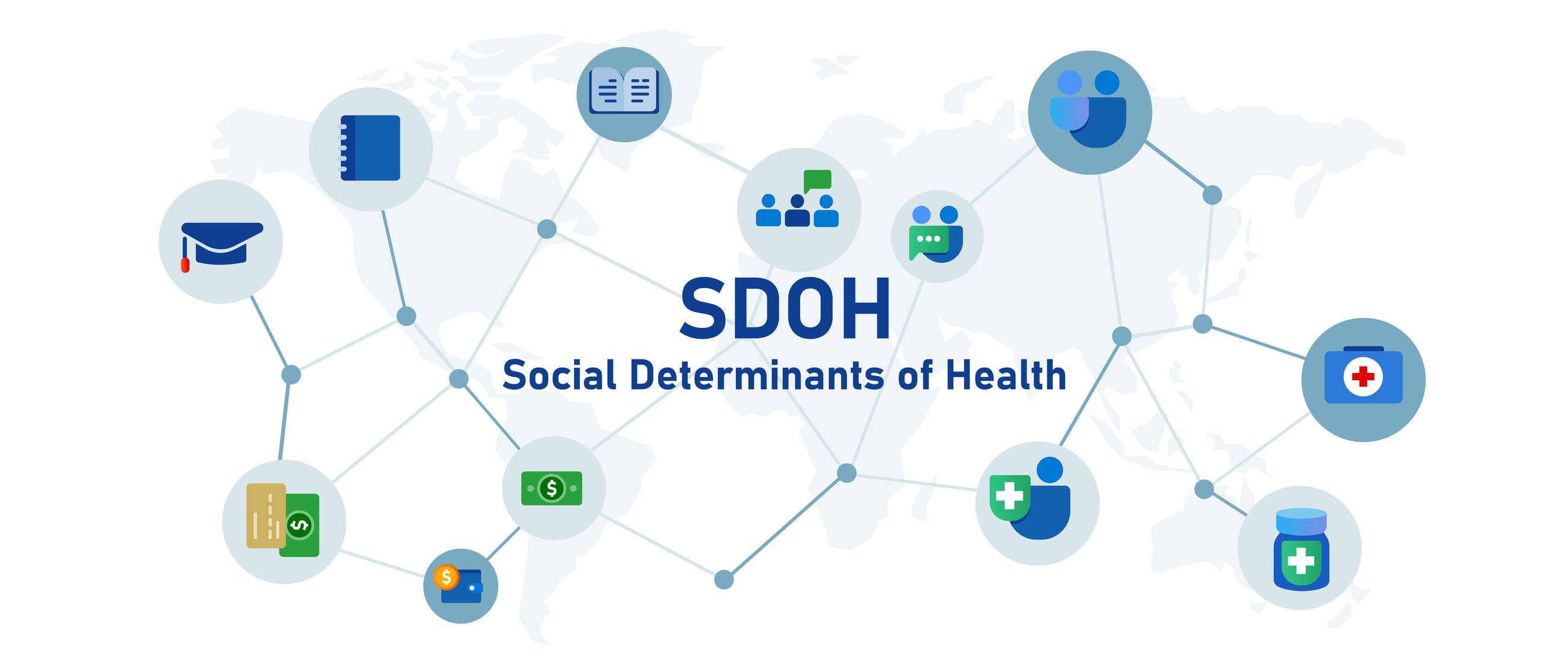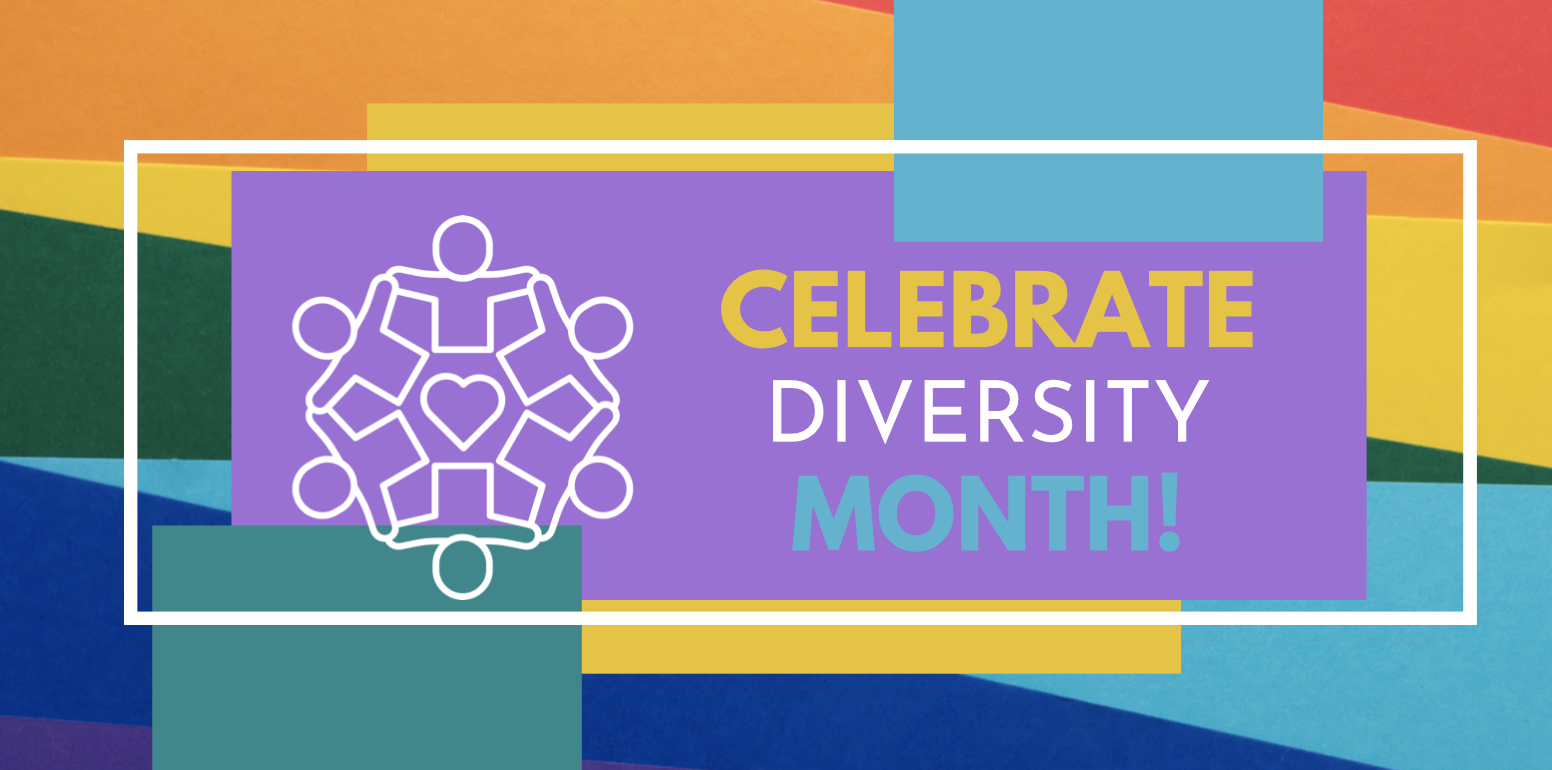 Organizations put a lot of effort into their Diversity and Inclusion programs and yet few of these efforts yield results. What are some of the reasons why D&I programs fail?
Organizations put a lot of effort into their Diversity and Inclusion programs and yet few of these efforts yield results. What are some of the reasons why D&I programs fail?
Your Diversity and Inclusion programs should be a consistent part of your organization’s culture. It should not be implemented as a response to an issue because it might appear disingenuous. These programs should be used throughout all departments to show an overall belief and commitment that D&I is important to everyone.
Do not make the programs mandatory because when individuals feel like they don’t have a choice, this can lead to resistance and opposition to D&I programs.
Your leadership must fully support D&I for it to work well. Leadership must be committed to making D&I part of your mission, values and beliefs. It is important they understand D&I is beneficial in acquiring and retaining talent, offering culturally competent patient care, building employee engagement, and improving business performance. Your programs should always be evolving. If it's outdated, it will be ineffective.
Employees might believe that actual changes won't be made. So it is important to lead by example and utilize what these programs teach. There should be visible and committed role models on the leadership team.
Get your employees who are closely affected by Diversity and Inclusion involved with the design and assessment of the programs to ensure they will work and take hold. Remember, you want ideas and collaboration from employees who represent different cultures, religions, ages, educational backgrounds, etc. The programs must be custom tailored to each company, using its specific culture and goals to determine the best course of action.
According to DeEtta Jones, a diversity and inclusion strategy consultant "when developing an inclusion plan, organizations should keep two goals in mind. Any inclusion plan should be attainable and measurable. A lofty plan with goals that can never be achieved ruins employee morale and reinforces the idea that management is not willing to make meaningful changes. Without measurable goals, leaders and organizations cannot be held accountable for implementing the plan. Without accountability, any plan will be ineffective. Good inclusion plans are measurable and achievable. "
Your organization should be an inclusive environment where all employees feel comfortable and open enough to discuss and make real changes. In order to achieve this environment, we all must be aware of biases.
Kristen Pressner said in a Forbes article, "We all have biases, and it’s important to acknowledge them so behavioral tendencies can be headed off at the pass. Make a safe place for everyone to look in their full-length mirror and recognize their own biases so they can work on eliminating them. This can be as holistic as hosting training and workshops, and as personal as articulating and owning them one on one. Articulate how shifting the behavior will lead to better results. Recognizing one’s own biases is a great level set; everyone has them and can support each other in breaking them."
In a different Forbes article, Cat Graham recommends "acknowledging and recognizing great ideas, wherever they come from. Celebrate and communicate with your employees how diversity and inclusion have impacted creativity, engagement and results. Make room for different religious celebrations, and encourage staff to share their cultural heritage with others. Actively create groups that support and connect employees through their shared backgrounds."
The Diversity and Inclusion process can be difficult to perfect, but it is important to make it a major part of your organization's mission. If you have any helpful tips or experiences you’d like to share, please do so here.







